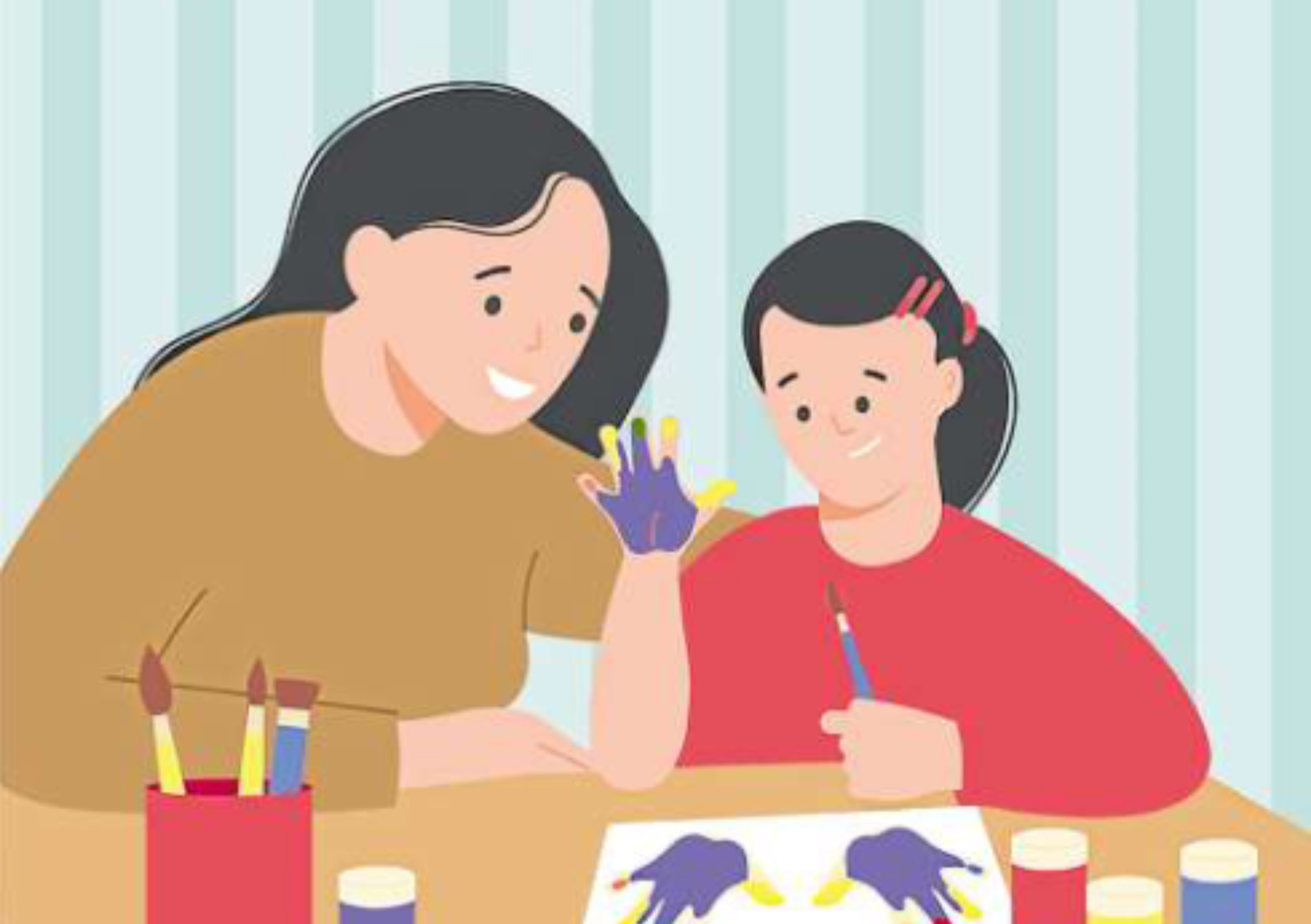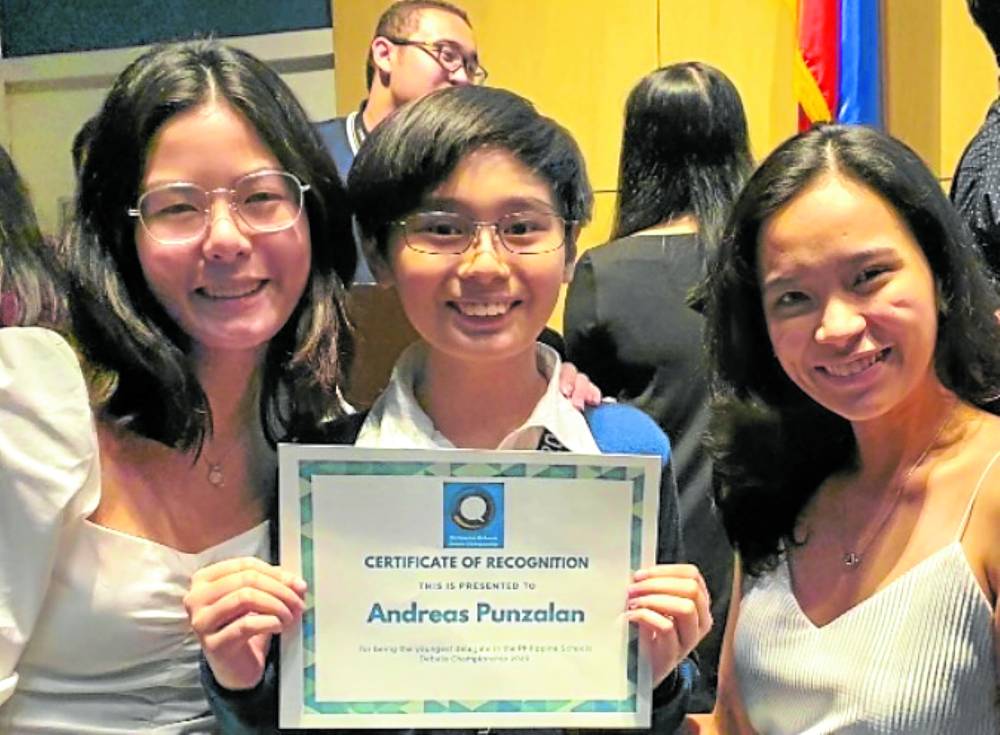First, let me say that we’re a normal family.
My wife Karen and I are employed and work nine to 10 hours a day. We have three children; my eldest, Sabine, is an 11-year-old girl, followed by two boys, Matteo, 8, and Basti, 6.
We go through life’s high and low points like everyone else. We hang out together, eat out a lot and go window-shopping as much as we can.
The kids are generally well-behaved, and they kind of like following rules and schedules (okay, so they’re a bit nerdy in that respect). Our goal as a family is to be comfortable, healthy, happy and helpful.
A few years ago, as a requirement in my daughter’s school, we were asked to attend a series of Saturday sessions conducted by the Educhild Foundation, Inc. It was training for new parents, aptly called New Parents Education Program (NPEP), and while Karen and I initially grumbled and balked at the thought of spending a few weekends in school, we eventually warmed up as our eyes were opened to the idea of home and school collaboration.
The concept was fairly simple, but powerful—the home is a child’s earliest school, with the parents as the first teachers.
As first teachers, we’re tasked to develop values and habits that should encourage our children to be positive contributors to society.
Actual school should provide concepts, doctrine and methods to cultivate critical thinking and a passion for learning. For our children to fully realize their potentials, home and school should reinforce each other—thus, the need to align goals and activities for the kids and the family.
Success usually doesn’t happen by luck or accident. Personal development involves a lot of planning.
In lieu of resolutions
It started out in December 2012 as an idea to try to encourage Sabine to try new types of food (her diet usually consisted of anything with cheese and rice) and to eat faster. Also, I was worried about how much time Matteo and Basti were spending to play with gadgets.
In lieu of making New Year’s resolutions (which we all agreed was a failure—we couldn’t even remember what we resolved to do that year), the family decided to hold a planning session instead.
Okay, maybe we’re a little crazy. But I used some of the tools and processes I knew from my work as a banker and started off with basic rules to ensure everyone participated: Listen and pay attention; only one person can talk at a time; no shooting down of ideas; no gadgets.
To help provide order, we had a stress ball we called the “speech ball.” Only the person holding the ball can speak. If you want to talk or participate, you wait until the ball is with you. Since my kids love rules and games, this worked.
As a first activity, each of us got to contribute and talk about what an ideal family is, and what we wanted our family to be. We spoke about the traits, values and behavior we have and wanted to have.
From this jumble of ideals and adjectives, we crafted our family mission and vision.
This part went by fast, as our children still had very few biases and concepts of limits. Very idealistic, they viewed the end goal, the “mission,” as simple, positive and achievable, with some cooperation among us.
Next, we did SWOT (strengths/weaknesses/opportunities/threats) analysis, taking turns talking about what we were good at and what we could improve on. We called out a name and that person would talk about himself/herself. Then the rest of the family would also provide one or two strengths and areas for improvement.
Aside from doing this for each individual, we thought of what we did great as a family, and what we sucked at. We also gauged how far we were from our family vision, and what we could do to move closer to it.
From all this information, we agreed on four to five specific actions we could do to address our weaknesses. And by specific, we mentioned the activity, how often we should do it or by when we should have accomplished the task.
For example, the family decided that our growth involved travel (which we have not been doing much), so one goal was to visit a new province in the summer. We also agreed that we would save and dedicate some resources to make this a reality.
We worked on it like a business or project plan, where we marked down task assignments and milestones. Two weeks later, we were booked on a trip to Bicol. We were also able to go to Davao the same summer.
Revisited
Last December, we held another planning session where we revisited the previous year’s plan. We cheered at what we accomplished and reviewed the reasons we weren’t able to do some things we set out to do. We checked if these goals were still what we, each one and collectively, wanted to pursue.
As tweaks, I provided a planning journal where I asked each kid to write down his/her notes and plans for the year. Since my kids were into Pokemon again (for them this was retro and cool), I asked them to draw what sort of Pokemon character they were and what they wanted to evolve into. I asked what traits and powers they would possess after “evolving.”
Finally, as the guy responsible for the family’s finances and cash flow, I also wanted to build in accountability and transparency into how we spend our money, with the goal of encouraging the family to save and invest. The plan is to review and report our sources of earnings and savings the past year, and where we spend our money on.
Honestly, on our first year of planning, my expectations were low. Except for Sabine, who was insanely into family meetings and group activities, I didn’t think there would be a lot of participation. I expected the kids to get bored in less than an hour.
But I was pleasantly surprised; my two sons desperately wanted to provide input—and they actually did!
The impact of this planning exercise was incredible. It generated some sense of self-awareness of both our abilities (our “strengths”) and frailties (our weaknesses), and the steps we need to take to reinforce the positive and correct the not-so-positive behavior.
Most of these were voluntary and self-identified, though the session where we gave our inputs about each other helped in giving us an idea how another member of the family viewed us (e.g., from my son Basti: “Ate Sabine is smart; Kuya Matteo protects me”).
The benefit of this is that each time a child or my wife would deviate from the plan, we could call their attention and remind them about it (“’Di ba you said you should be more patient and whine less?).
The plan is specific (read: actionable); collaborative (meaning, we help each other achieve our goals); shared (we’re all in this together); and aligned with the mission and vision of the family.
This whole exercise helps in improving the skill of listening and for thinking about right values, virtues and activities.
Ultimately, what we want is to develop a consciousness for evolving. We want our children to constantly think of ways to improve and grow and develop. We want our kids not to be afraid of change, innovation and intervention.
We want them to turn resolutions into actions, and achieve and exceed their potentials.
It’s never too early or too late to begin your own journey.
Some tips
1. Try to hold it outside of your house, so everyday concerns don’t distract the family. It’s a special and important activity, so it has to be something different.
2. Make it interesting and fun. Prepare beforehand with an objective in mind. Have materials like flipcharts and notebooks handy.
3. Allow time for your children to warm up. The young ones will need time to gather courage and momentum, especially if their older siblings are vocal and eager to talk. You need to allow and give time for everyone to talk.







































